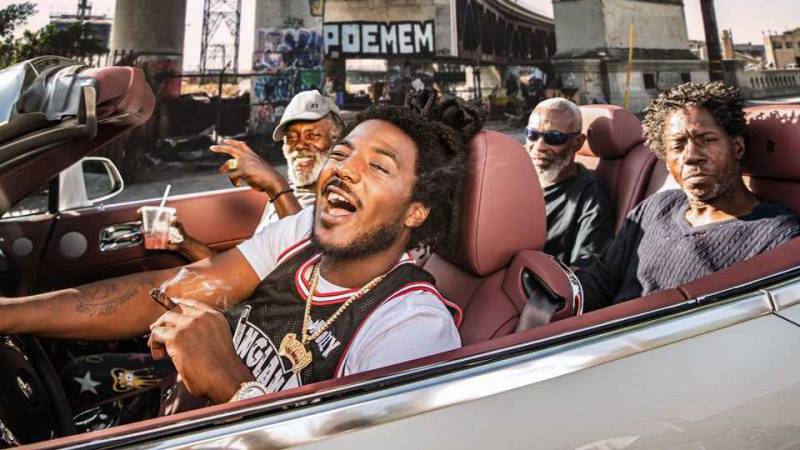Hyde Street Studios is a living piece of San Francisco music history. Opened in 1969, this is where the Grateful Dead and Santana crafted oozing, Summer-of-Love psychedelia that became synonymous with hippie counterculture. In the ’80s and ’90s, it nurtured local punk and hip-hop scenes, with Green Day, the Dead Kennedys and Tupac laying down tracks. And more recently, it’s hosted famous touring musicians looking to record on their Bay Area tour stops, including Kanye West and A$AP Ferg.
But despite an impressive resumé, a changing music industry—and then a pandemic—left Hyde Street strapped for cash. Prior to the Bay Area’s shelter-in-place orders, most of its high profile clientele had dwindled, and the bulk of its business came from rising (yet financially struggling) local artists who paid for their recordings out-of-pocket rather than through label advances. Now, its rooms have been without music for the first time in five decades.
“In the ’90s there were record labels with headquarters in San Francisco that were signing bands left and right and giving them big budgets to make records,” says studio manager Jack Kertzman, adding that rates for studios have stagnated since the digital era began. “They would come in and book the studio for two weeks or a month …. and have large expense accounts.”

Not the case anymore, says Kertzman, adding that bands often book rooms for a couple of days at a time and take care of the rest with home recording. With business dried up and bills still mounting during shelter in place, Hyde Street turned to crowdfunding for support. An ongoing GoFundMe campaign raised just north of $32,000. That’s about $10,000 short of the studio’s $42,500 goal, which would cover rent, electricity and other operational costs for three months.
But Kertzman is nervous about what will happen after that. With Governor Gavin Newsom suggesting that large gatherings of hundreds of people are off until there’s a COVID-19 vaccine, it seems that California’s concert industry is on hiatus for the foreseeable future. (Public health officials and vaccine companies estimate that a vaccine won’t be ready until mid-to-late 2021.)






